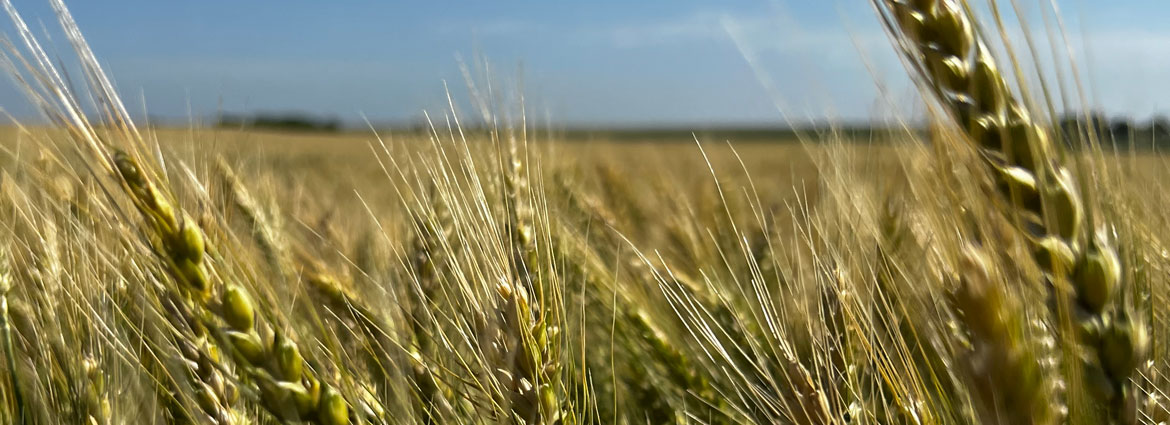
2022 Wheat Harvest wrapped up
The 2022 Wheat harvest is in the bin, and as expected the markets went to hell as soon as the combines started rolling in Kansas. Wheat futures hit its high on May 17 at $13.76. Of course, the talk was about inflation and potential short supply of wheat due to the Ukraine War. However, in the short span of two weeks, wheat closed at $11.45 on June 1st. Wheat futures bounced sideways until June 17th, and then the bottom dropped out of the market. In the next two weeks, while farmers where harvesting their crop, the market plunged to $9.21 on July 1st. Eventually dropping to $8.40 - $8.60 mid-summer. A -37% decrease in value in less than 2 months.
Budgeting a crop is a complex thing for farmers. They have limited control over input fluctuations and have even less control when it comes to marketing their grains. Some would counter that argument, suggesting grain merchandisers and future trading and options. Those are tools. However, it does not always mean your strategy is sound or in tune with world events. In addition, what looked like a reasonable price of $7.00 - $7.50 in late February, turned out to be a breakeven point with reduced yields and higher inputs (fuel, fertilizer, and chemicals).
I personally know a lot of farmers who marketed their grain BEFORE the Ukraine War. As such, they were not able to take full advantage of the upswing in the market. Plus, with the intense drought they were concerned about raising bushels, so they did not want to overcommit on contracts when prices were high. By the time they had the wheat in the bin and certified, the rally was over.
The key question is, did your input and grain marketing strategy work for you in 2022?